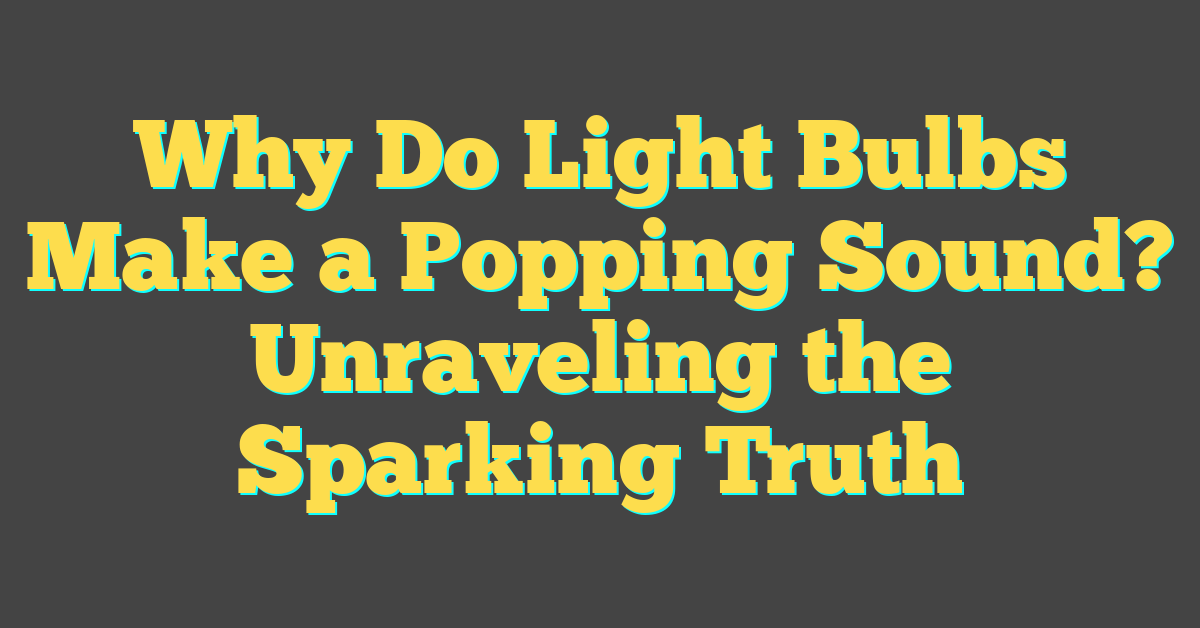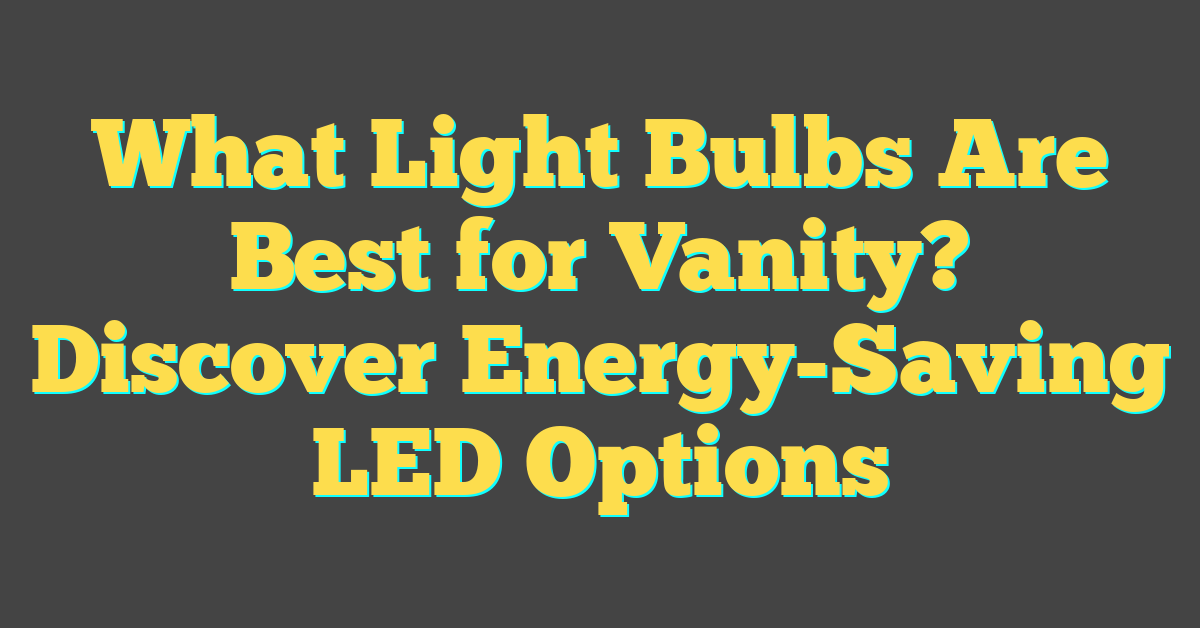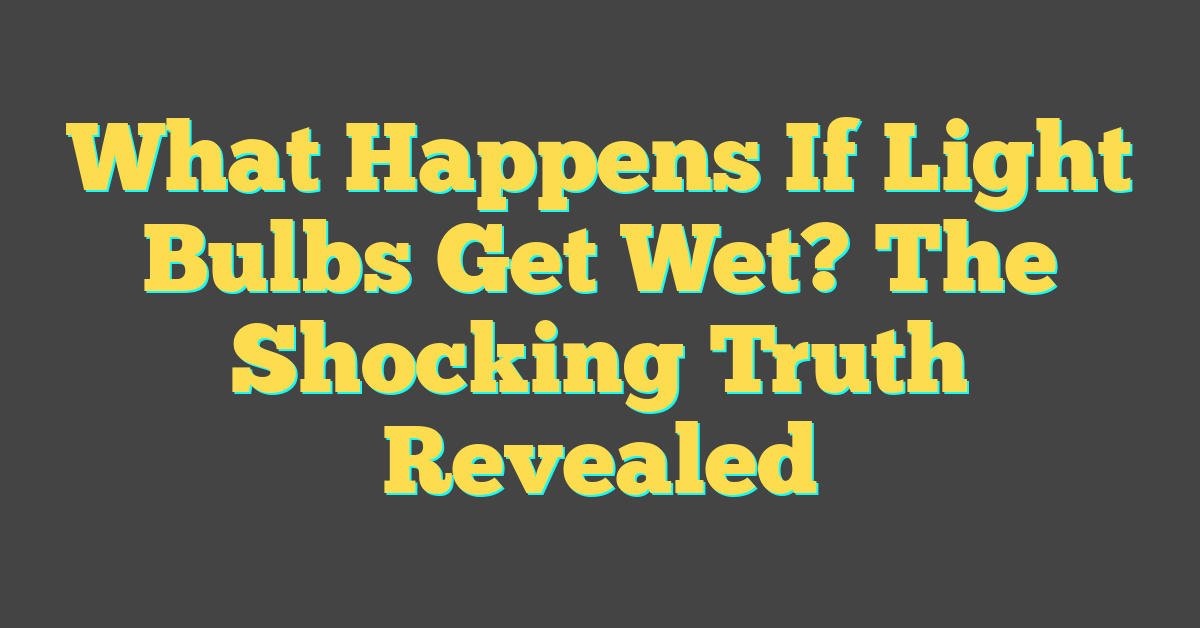When evaluating different sources of light, you might find yourself weighing the pros and cons of traditional candles against modern light bulbs. Both serve the fundamental purpose of illuminating spaces, but they operate on very different principles and technologies. On one hand, candles have been used for thousands of years, providing a gentle, flickering light that comes from a burning wick surrounded by wax. On the other hand, light bulbs are a more recent invention, coming into widespread use in the late 19th and early 20th centuries, and they create light by running an electric current through a filament or using other technologies such as LEDs (Light Emitting Diodes).


Understanding the nuances of each lighting option involves considering various factors such as cost, efficiency, environmental impact, and the quality of light they provide. Candles may lend a cozy ambiance to a room and can be a cost-effective option in some cases, but they typically produce less light per unit of energy consumed than electric lights. Light bulbs, especially LEDs and fluorescent types, are more energy-efficient and brighter, but they may come with a higher upfront cost. It’s also important to think about the context in which they are used, as candles can be a fire hazard if not managed carefully, whereas light bulbs are safer but require a source of electricity, which may not always be available.
Key Takeaways
- Both candles and light bulbs provide light, but through different means and with varying levels of efficiency.
- Light bulbs typically offer greater illumination and energy efficiency than candles.
- The choice between candles and light bulbs can be influenced by factors like cost, safety, and desired ambiance.
The Basics of Light: Understanding the Sources
https://www.youtube.com/watch?v=zLxODLs8Sfk&embed=true
When you think about light, it’s fascinating to see how far we’ve come from using fire as our primary light source to innovative electric lights that illuminate our world today.
Evolution from Fire to Bulb
If you look back in time, the discovery of fire was a turning point for humanity. It was the original light source, offering warmth and protection. Fast forward to the present, and light bulbs have taken over, providing you with instant illumination at the flip of a switch. From the first incandescent bulbs to energy-efficient LED lights, the evolution of artificial lighting is a testament to human innovation.
Types of Light Bulbs
You might be surprised to learn about the variety of light bulbs available to you. Incandescent bulbs, the oldest type, create light through a filament heated by electricity. Compact fluorescent lamps (CFLs) are more energy-efficient, using electric current to excite gases. However, it’s LED bulbs that lead the pack in efficiency and lifespan, using a semiconductor to convert electricity directly into light.
Composition of Candles
Candles, though much simpler than electric lights, have their own complexities. Your typical candle is made from wax with a wick at the center. When you light a candle, the heat of the flame melts the wax near the base of the wick, which is then drawn up to fuel the flame, emitting a gentle light. Despite advancements in lighting, candles remain popular for their soft glow and aesthetic appeal.
Illuminating Efficiency: Comparing Performance
https://www.youtube.com/watch?v=OqXjP9Pp5Q0&embed=true
When you’re considering the performance of different light sources, key factors like energy consumption and light output and quality will guide your choice between modern light bulbs and traditional candles.
Energy Consumption
LED Bulbs: You’ll find these to be highly efficient, often consuming up to 90% less energy than traditional incandescent bulbs. For example, an LED bulb that uses 10 watts of electricity can be just as bright as a 60-watt incandescent bulb.
Compact Fluorescent (CFL): These are also energy-efficient, using about 70% less energy than incandescent bulbs. However, they contain mercury, which can be a concern if the bulb breaks.
Incandescent & Halogen Bulbs: These are less efficient because they convert a larger amount of energy into heat rather than light. A 60-watt incandescent bulb might have an efficiency rating as low as 2%.
- Candles: Although not usually compared in terms of energy, candles can be considered to have a high energy consumption because they burn through a physical material (wax) relatively quickly and provide very little light compared to even the least efficient bulb.
Light Output and Quality
Lumens: This is the measure of the amount of light emitted by a bulb. You can better understand a bulb’s brightness by its lumen rating rather than its energy usage.
LED Bulbs: Not only do they use less energy, but they also have a high luminous efficacy, which means they provide more lumens per watt. An average LED might emit 800 lumens with just 10 watts.
« Light Bulb vs Ceramic Heater: Choosing the Best for Your Space
Parts of Light Bulb Insulators: Understanding Their Role and Function »
Fluorescent Light: It is known for its high output of diffused light, which is softer than the focused beam of an incandescent bulb.
Color Rendering Index (CRI): LED and fluorescent lights offer a range of CRIs, which reflects how accurately the lighting reveals the true colors of objects.
Lifespan: Your LED and fluorescent bulbs are champions here, with LEDs lasting up to 25,000 hours and CFLs up to 10,000 hours. In contrast, traditional incandescent bulbs might last only about 1,000 hours.
Halogen Bulbs: These are a type of incandescent that are slightly more efficient, with a bit longer lifespan but still far less than LEDs or CFLs.
In terms of quality, modern bulbs offer a variety of light temperatures, from warm yellows comparable to candlelight to the cool whites reminiscent of daylight. Candles, on the other hand, provide a constant warm glow, which can be comforting but isn’t practical for all lighting needs.
Economic Factors: Cost-Effectiveness Analysis
When considering the choice between light bulbs and candles, you need to evaluate both the immediate expenses and the long-term financial impact. Specifically, think about the purchase price and the effect on your energy bills.
https://www.youtube.com/watch?v=ccejcLStnQA&embed=true
Initial Costs vs Long-Term Savings
The initial cost of LED bulbs is typically higher than that of traditional incandescent bulbs or candles. However, LED bulbs are much more energy efficient. They use approximately 75% less energy and can last 25 times longer than incandescent lighting. This efficiency translates into substantial long-term savings on your energy bills, despite the upfront investment being higher.
- LED Bulb: Average upfront cost $2 – $6 per bulb
- Traditional Incandescent Bulb: Average upfront cost $0.50 – $2 per bulb
- Candles: Vary widely based on type and size but generally lower initial cost
Given that LED bulbs can last around 25,000 hours versus the 1,000 hours for traditional bulbs, your savings over time are significant.
The Impact on Energy Bills
Switching to LED bulbs can have a noticeable effect on your energy bills. These bulbs are not only more affordable in the long run but are also better for the environment.
- LED Bulb: Average energy cost $1.00 – $1.50 per bulb per year
- Traditional Bulb: Average energy cost $4.80 – $7.00 per bulb per year
By opting for LEDs, you could see a decrease in your energy bills. While candles don’t contribute to your electricity usage, they provide minimal lighting and can be less safe due to the open flame. Plus, if used extensively for lighting, the cost of candles can add up.
Environmental Considerations: Eco-Friendly Lighting
https://www.youtube.com/watch?v=tzsunA6BPkU&embed=true
When you’re weighing your lighting options, you’ll want to consider both the immediate and long-term environmental impacts. Your choice can significantly influence energy consumption and emissions.
Carbon Footprint and Emissions
The type of lighting you choose has direct effects on your carbon footprint. Energy-efficient bulbs, like LEDs, consume significantly less electricity compared to traditional incandescent bulbs and even candles. Transitioning to LED lighting can lower power plant emissions, given that less energy is required for the same amount of light.
- Incandescent Bulbs: High energy consumption, higher carbon dioxide emissions.
- Candles: Paraffin candles are derived from petroleum and emit CO2; beeswax candles are a more eco-friendly option as they are made from a renewable resource and burn cleaner.
Sustainable Materials in Lighting
Materials used in lighting products also have environmental implications.
- Eco-friendly Bulbs: Seek out bulbs that use sustainable materials and have been designed to be recycled. This can further reduce environmental impact.
- Candles: Opt for beeswax or soy candles over paraffin to minimize reliance on non-renewable petroleum-based products.
Practical Aspects of Lighting in Everyday Life

When you’re considering lighting options for your home or office, it’s crucial to think about both functionality and contingency. Let’s explore how different lighting methods serve your needs in daily activities and unexpected situations.
Usage in Home and Workspaces
Your choice of lighting significantly affects how comfortably you can perform tasks and enjoy your living spaces. Light bulbs are essential in providing bright and steady light that enhances your productivity and safety, especially in areas like the kitchen where you handle appliances and prepare food. They come in different types, including LEDs which are energy-efficient and have a longer lifespan compared to traditional bulbs.
On the other hand, candles can create a relaxed and cozy atmosphere, ideal for winding down after a busy day or during intimate gatherings. However, they are less practical for task-oriented spaces due to their softer, flickering light, which doesn’t match the brightness a light bulb offers.
Advantages During Power Outages
During a power outage, having a backup lighting plan ensures that your home remains safe and navigable. Candles can be a useful emergency light source, quick to light and requiring no electricity. They offer the convenience of portability, allowing you to move them as needed around your home. However, you need to be mindful of the open flame, which poses a risk of fire if left unattended or placed near flammable materials.
In contrast, rechargeable light bulbs can be an effective tool to combat darkness when power fails. Some bulbs are designed to switch on automatically during an outage, providing uninterrupted illumination and enhancing your sense of security. This feature, combined with their long-lasting performance, makes them a reliable choice for such emergencies.
Design and Aesthetics: Creating Ambiance
https://www.youtube.com/watch?v=FrIt0mmFRP8&embed=true
When you’re looking to create a specific mood in a room, the lighting choices you make are crucial. Different light sources can drastically alter the atmosphere of a space, with design and aesthetics playing key roles.
Role of Lighting in Atmosphere
Lighting can transform any room from a functional space to a cozy retreat. Opting for LED bulbs can offer a bright and energy-efficient solution, allowing you to tailor the ambiance. You can select a color temperature that enhances your room—typically, 2700K to 3000K is ideal for a warm, inviting environment. These soft hues are perfect for a relaxing atmosphere, whether you’re curling up with a book or entertaining guests.
The Aesthetic Appeal of Candles
Candles, with their flickering glow and potential to be scented, add an unmatched aesthetic and olfactory dimension to your space. They come in various shapes and sizes, some adding a rustic touch, while others are sleek and modern. For romantic occasions, candles are a timeless choice, casting a soft light that flutters with the movement of air, making moments feel intimate and special. While not as bright as their electric counterparts, candles excel in providing a sensory experience that is both visual and aromatic.
Health and Safety: Evaluating Risks and Benefits
https://www.youtube.com/watch?v=I_3b4cgAczQ&embed=true
When you’re weighing the pros and cons of lighting options, health and safety should be at the forefront of your considerations. Let’s look at the implications of using traditional candles as opposed to low-emission lighting alternatives, such as LED bulbs.
Dangers of Open Flames
Using candles in your home introduces an element of risk due to the open flame. A candle can easily be knocked over, potentially causing a fire. The heat generated by candles can also release chemicals into the air, which may have health implications. Plus, if you’re using scented candles, be mindful that they can emit volatile organic compounds (VOCs), which aren’t ideal for indoor air quality.
Low-Emission Lighting Alternatives
In contrast, LED bulbs stand out as a safer alternative. These bulbs operate at a significantly lower temperature, virtually eliminating the fire risk associated with open flames. Moreover, LEDs are a low-emission option, producing light without the risk of releasing harmful chemicals into your living space. Not only are LED lamps safer, but they’re also more energy-efficient, reducing your home’s environmental footprint and potentially lowering your electricity bills.
Technical Aspects: Unveiling the Science of Light
https://www.youtube.com/watch?v=cS6G8kVVqDw&embed=true
When it comes to illuminating spaces, understanding how light is measured and the technical terms associated with electricity can help you make informed decisions about your lighting options.
Measuring Light Intensity
Lumens measure the amount of light you receive from a bulb or a candle; it’s key to determining brightness. For example, a smart LED bulb might have a higher lumen count compared to a traditional halogen bulb, meaning it emits more light. You’ll often see lumens prominently displayed on bulb packaging because it directly relates to the light output you can expect.
| Light Source | Lumens (approx.) |
|---|---|
| Candle | 12 – 14 |
| Halogen Bulb | 700 – 900 |
| Smart LED Bulb | 800 – 1,100 |
Understanding Electrical Terms
The term “kWh” stands for kilowatt-hour, which is a unit of energy. It represents the power consumption of a device that uses one kilowatt over the course of an hour. In your home, light bulbs have a wattage rating, which contributes to the number of kWh they will use. The higher the wattage, the more energy it consumes. However, a LED bulb can often give the same light output as a higher-wattage halogen bulb but uses far less energy, impacting your electricity bill.
Wattage Rating for Common Bulbs:
- Halogen Bulb: 40W – 70W
- Smart LED Bulb: 6W – 12W
Remember, when choosing a bulb, consider both lumens for brightness and wattage for energy use to find the balance that works best for you.
Innovation in Lighting: Smart and Advanced Options
https://www.youtube.com/watch?v=OdR8x9fh4AY&embed=true
As lighting technology evolves, you have more advanced and energy-efficient options at your disposal than the traditional incandescent light bulb or halogen bulbs. Smart bulbs, which incorporate LED technology, are revolutionizing the way you light up your home.
Smart Bulbs and Automation
Smart LED bulbs are at the forefront of lighting innovation. Leading the pack, Philips Hue and LIFX bulbs give you the ability to control lighting wirelessly and customize settings via mobile apps or even voice commands. These bulbs use LEDs, which are not only more energy-efficient but also have a much longer lifespan compared to traditional incandescent bulbs or energy-intensive halogen bulbs.
Key Features of Smart Bulbs:
- Wireless Control: Adjust brightness, color, and turn lights on/off remotely.
- Scheduling: Program your lights to mimic natural light patterns or to turn on and off at specific times.
- Integration: Compatible with smart home systems and voice assistants.
Here are some of the best smart LED light bulbs for your consideration:
- Philips Hue: Recognized for a wide variety of options including color and ambiance settings (TechRadar).
- Wyze Bulb Color: A budget-friendly option that allows app control through a cloud connection (Wirecutter).
Future of Light Technology
The future of lighting technology is brimming with possibilities. Advancements aim at further reducing the energy usage of LEDs and enhancing the functionality of smart lighting systems. Innovations in LED technology may lead to even more powerful and efficient lighting solutions, while future smart light systems are expected to offer more advanced features such as improved color rendering indices and better integration with IoT devices.
Overall, you’ll see lighting that not only saves energy but also adapts to your lifestyle, with features aimed at improving wellbeing by adjusting to your body’s circadian rhythm or even syncing with your entertainment system for an immersive experience. The advancements in light technology promise a brighter, smarter, and more customizable lighting future for your home. Keep an eye on companies like Philips and LIFX as they continue to push the boundaries of what’s possible with light technology.
Choosing the Right Option for Your Needs
https://www.youtube.com/watch?v=IbWAVyAl2so&embed=true
When it comes to illuminating your space, you have the classic simplicity of the candle or the modern efficiency of light bulbs. Here’s how to decide which is best for your unique situation.
Assessing Personal and Professional Requirements
Think about where and how you’ll use lighting. A candle might add a cozy ambiance to your dinner table, but it’s not suitable for all occasions. In a professional setting or anywhere needing clear, consistent light, an LED bulb fitted in an appropriate light fixture elevates the environment with bright and steady illumination.
- Home Use: Candles can create a relaxing atmosphere.
- Work Use: LED bulbs promote productivity with their steady light.
Balancing Cost, Aesthetics, and Functionality
You’ll want to weigh up the initial price tag against long-term savings and benefits.
- Affordability: While candles are generally cheaper upfront, LED bulbs are more energy-efficient in the long run, saving you money on your electricity bills.
- Aesthetics: Candles offer a timeless look but consider safety and practicality. For a permanent solution that can mimic the warmth of candlelight, look into LED bulbs that can adjust in color temperature.
- Functionality: If you often use a lighter for candles, remember it’s another item to maintain. With light fixtures, you have the convenience of a switch and the option for smart controls.
Remember, your choice should align with your needs for light, whether it’s the alternative glow of candles for occasional use or the enduring brightness of affordable, energy-efficient LED lighting for everyday needs.




